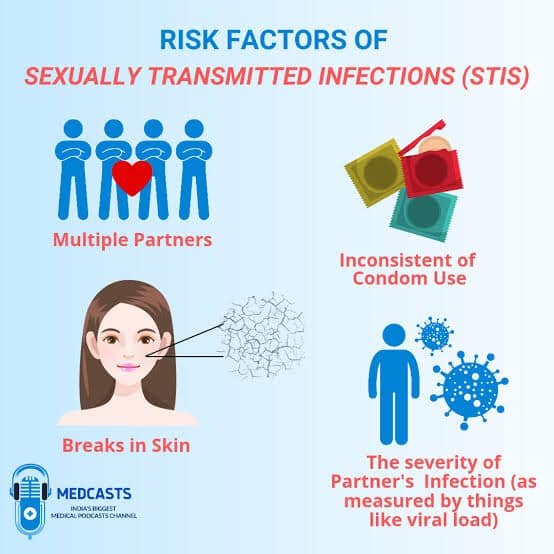What is the first action that the nurse should take when assessing the fetal heart rate (FHR) of a woman at 30 weeks of gestation and finding a rate of 82 beats/min?
Recognize that the rate is within normal limits and record it.
Notify the physician.
Assess the woman's radial pulse.
Allow the woman to hear the heartbeat.
The Correct Answer is C
Choice A reason: This is not the correct action, as the rate is not within normal limits. A normal FHR at 30 weeks of gestation is between 110 and 160 beats/min. A rate of 82 beats/min is considered bradycardia (slow heart rate), which can indicate fetal distress or hypoxia (low oxygen).
Choice B reason: This is not the first action, but it may be necessary after confirming the FHR. The nurse should first rule out the possibility of a maternal-fetal heart rate confusion, which can occur when the maternal heart rate is mistakenly counted as the FHR. This can happen if the Doppler or the electronic fetal monitor is placed too close to the maternal pulse or if the maternal heart rate is unusually slow².
Choice C reason: This is the correct action, as it can help differentiate between the maternal and the fetal heart rate. The nurse should assess the woman's radial pulse at the same time as listening to the FHR and compare the rates and rhythms. If the rates are the same or very close, it is likely that the nurse is hearing the maternal heart rate instead of the FHR. If the rates are different, it is likely that the nurse is hearing the FHR and that the fetus has bradycardia.
Choice D reason: This is not the correct action, as it may cause unnecessary anxiety or distress for the woman. The nurse should not allow the woman to hear the heartbeat until the FHR is confirmed and the cause of the bradycardia is determined. The nurse should also explain the situation to the woman and provide reassurance and support.
Nursing Test Bank
Naxlex Comprehensive Predictor Exams
Related Questions
Correct Answer is A
Explanation
Choice A reason: Progesterone is the hormone that stimulates the development of the alveoli and lobules of the mammary glands during pregnancy. It prepares the breasts for lactation by increasing the number and size of the milk-producing cells.
Choice B reason: Testosterone is the main male sex hormone that is responsible for the development of male reproductive organs and secondary sex characteristics. It has no direct role in the maturation of mammary gland tissue.
Choice C reason: Prolactin is the hormone that initiates and maintains milk production after childbirth. It is secreted by the anterior pituitary gland in response to suckling or nipple stimulation. It does not affect the maturation of mammary gland tissue.
Choice D reason: Estrogen is the hormone that stimulates the growth of the duct system of the mammary glands during puberty and pregnancy. It also promotes the development of female reproductive organs and secondary sex characteristics. It does not affect the maturation of mammary gland tissue.
Correct Answer is ["B","C","D"]
Explanation
Choice A reason: Abstinence is the avoidance of sexual activity, which reduces the risk of exposure to STIs. It is not a sexual risk behavior.
Choice B reason: Multiple sex partners increases the likelihood of exposure to STIs, especially if the partners are not tested or treated. It is a sexual risk behavior.
Choice C reason: Unprotected anal intercourse exposes the mucous membranes of the rectum and anus to potential pathogens, which can cause STIs such as gonorrhea, chlamydia, syphilis, and HIV. It is a sexual risk behavior.
Choice D reason: Oral sex involves contact between the mouth and the genitals or anus, which can transmit STIs such as herpes, HPV, gonorrhea, and syphilis. It is a sexual risk behavior.
Choice E reason: Dry kissing is the contact between the lips without the exchange of saliva, which does not transmit STIs. It is not a sexual risk behavior.

Whether you are a student looking to ace your exams or a practicing nurse seeking to enhance your expertise , our nursing education contents will empower you with the confidence and competence to make a difference in the lives of patients and become a respected leader in the healthcare field.
Visit Naxlex, invest in your future and unlock endless possibilities with our unparalleled nursing education contents today
Report Wrong Answer on the Current Question
Do you disagree with the answer? If yes, what is your expected answer? Explain.
Kindly be descriptive with the issue you are facing.
